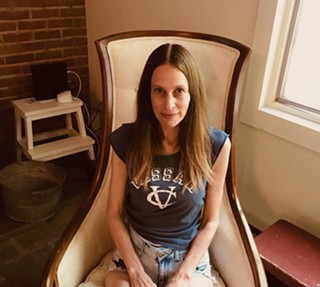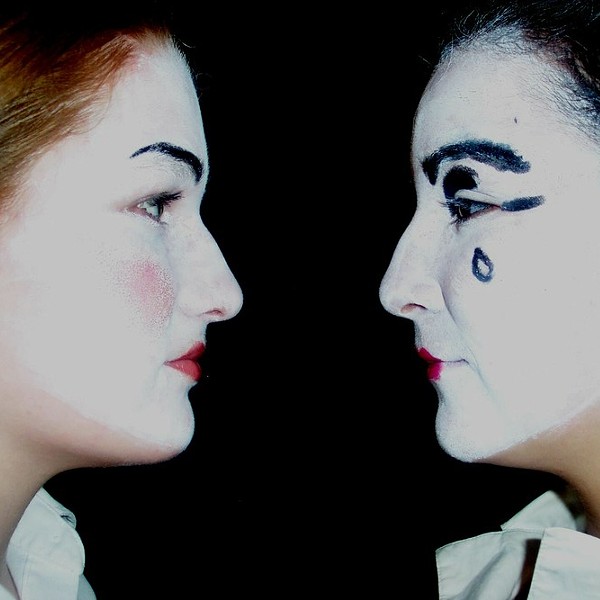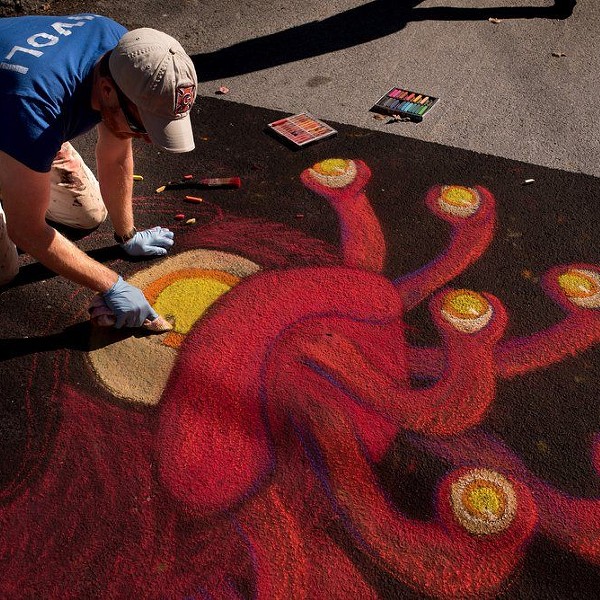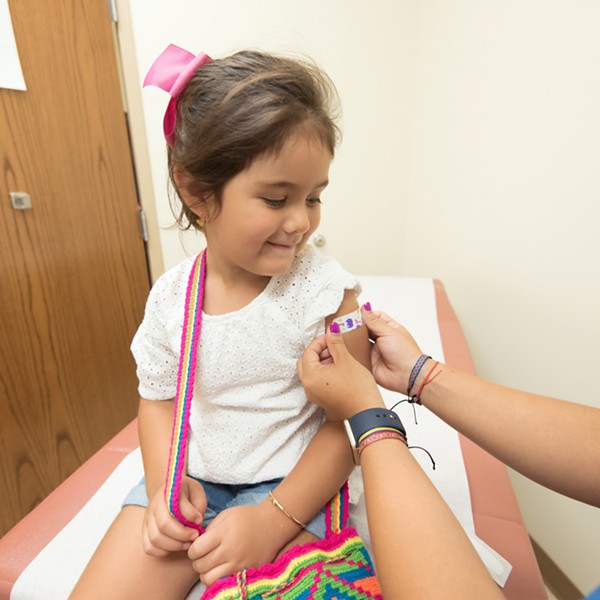One Sunday in 2008, at the entrance to the Philadelphia Zoo, eight-year-old Corey Haas looked up at the sky and screamed. For the first time, he could see the sun. Until that bright September day, Corey, of Glens Falls, had been legally blind due to a degenerative eye disorder called Leber congenital amaurosis type 2. But an experimental gene therapy, administered surgically to his left eye just four days earlier at Children's Hospital of Philadelphia, was starting to kick in. Like the researchers had hoped at the start of this clinical trial, Corey's eye was beginning to produce a protein that it had been unable to make before—a protein crucial for normal vision. He could see the sun and it hurt his eyes, making him do something he had never done in his life: squint. With shaking hands, Corey's father reached for his cell phone and dialed the number of the doctor heading the trial, Dr. Jean Bennett, to tell her the startling news. It was a major moment, and not just for a little boy, but for the entire field of gene therapy. Today, Corey can see well enough to play baseball, ride his bike, and lead a blessedly run-of-the-mill teenage life.
In the six years since Corey's experimental procedure yielded wildly successful results, gene therapy has been gaining ground as a viable medical option to treat a range of diseases and disorders. About 40 people have had their vision restored, as Corey's was, through gene therapy targeting the eye. At least five adults and 19 children have achieved remission from various cancers of the blood—including the common childhood cancer acute lymphoblastic leukemia—thanks to gene therapy. And researchers have successfully helped to control the symptoms of several patients with hemophilia, the potentially fatal bleeding disorder, by injecting them with the correct form of a defective gene. We're still in the early stages; so far, the FDA has not approved any form of gene therapy for use in the United States. Right now, the world has only one approved gene therapy, in Europe, for a rare disease that affects the pancreas—and even that was barely approved, with a lot of restrictions on its use. But with any luck this will change soon. People are counting on it—including a 10-year-old girl in Clifton Park, Hannah Sames, who suffers from a rare neuromuscular degenerative disease for which gene therapy is her best hope.
Paving the Way
Gene therapy was the next big thing in medicine as far back as the 1990s, when early trials showed a lot of promise. Yet, a couple of setbacks halted gene therapy virtually in its tracks. One was the case of Jesse Gelsinger, a teenager in a clinical trial who received experimental gene therapy for a digestive disorder; tragically, Gelsinger's immune system reacted to the treatment with a vicious and fatal counterattack. Researchers have learned a lot since about how to avoid these and other adverse reactions, and the field has quietly carried on. But it was not until six years ago that the scientific community started to see fresh hope in gene therapy, and like Corey, a brighter future.
Corey's story shines with the marvels of modern medicine—but it's also a tale of incredible good luck. "He was in the right place at the right time," says Ricki Lewis, a science writer based near Schenectady with a PhD in genetics, who wrote about Corey and other patients in her book The Forever Fix: Gene Therapy and the Boy Who Saved It (St. Martin's Press, 2012). "He was going blind very slowly, and it was one of those BOCES people who came over to evaluate Corey when he was two-and-a-half who recommended a doctor. Corey ended up at Boston Children's Hospital, where as luck would have it, the physician there had been involved with gene therapy on dogs for his exact disease. Eventually, the Boston doctor referred him to the clinical trial in Philly. They needed an eight year old, and he was almost eight. You can't make this stuff up. It wasn't the big shots—it was regular people, like the person from BOCES, who led to this boy's extraordinary luck."
In October 2008, doctors injected 48 billion copies of a healthy gene into a thin layer of tissue in Corey's left eye. The delivery vehicle for the gene was an adeno-associated virus (AAV), a benign virus. Viruses are programmed to attack human cells, but this one had been armed with an important payload: the gene responsible for instructing cells in the eye to produce RPE65, the protein that Corey lacked. "Basically what AAV does is piggybacks the DNA into the cell, and the DNA goes into the nucleus," says Bennett, MD, PhD, and the lead doctor in the clinical trial. "If the cells aren't dividing, the cells can produce the protein that's encoded, as long as the gene stays there." Just how fast the therapy took to work—four days—took Bennett by surprise. "We didn't expect it to take place so quickly, based on our results from animals. When we gave Corey a mobility test three months after his surgery, he just walked straight through it, almost ran through it, with his treated eye, but was totally stopped with his untreated eye. The director of the National Institutes of Health has shown that video many times to talk about what he thinks is one of the most promising areas of translational science." Since then, Corey has had both eyes treated, and he can sail through any mobility test you throw at him.
Dr. Jean Bennett talking about gene therapy to treat blindness.


















